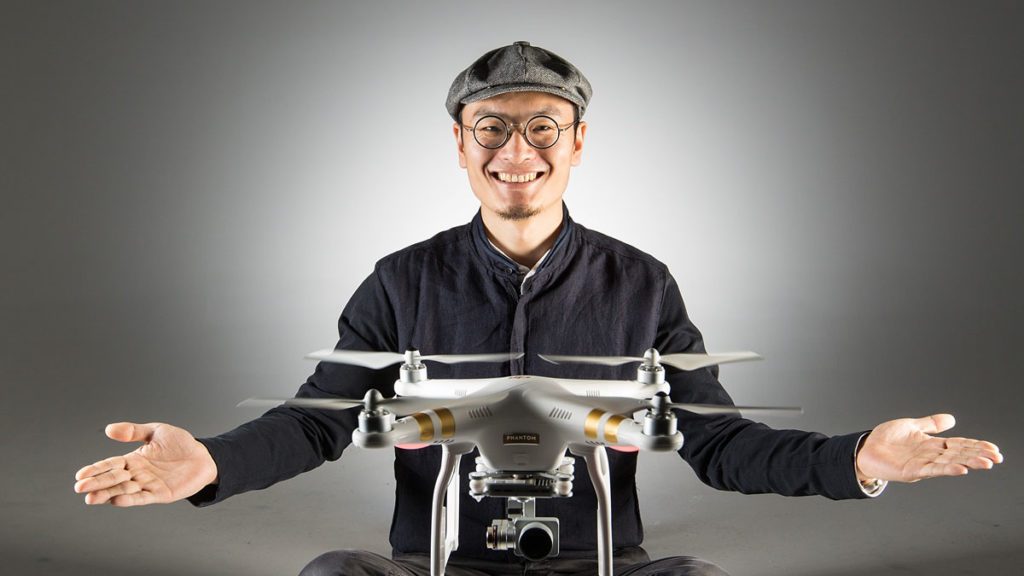(source: Forbes)

But unlike other Chinese technology giants such as Alibaba and Xiaomi, which grew big mainly by tapping into the enormous consumer market in their home country, DJI derives about 70% of its sales from outside of Asia. It is the first Chinese company to lead a global tech revolution.
In three sit-down interviews with FORBES, Wang shared stories of DJI’s early days, his drive as a “perfectionist” and challenges that the company faces ahead. His focus has allowed him to accomplish a childhood dream of creating a flying robot, and he now heads up the largest consumer drone maker in the world. (To read more about Wang’s story see FORBES’ May feature on DJI here.)
Below are selections from Wang’s interviews with FORBES, edited for clarity.
Forbes: When did you first become interested in flying robots?
Frank Wang: There was a comic book in the 1980s called “Dong Naojin Yeye” (Grandpa Think-Hard) which featured a red helicopter. I remember it so clearly. I imagined that I’d make a plane like that, that could follow me when I’m hiking or on the train, and use a camera to send the images to me. Actually at the time I didn’t even know the concept of a camera. I just wanted to fly so badly. Even though I couldn’t turn myself into a plane, I was happy to just make a small plane and watch it fly.
F: How did the company start?
FW: I completed [a helicopter flight control college project] in 2005. I founded the company in 2006. At the time I made a video of the helicopter and the people who watched it thought it wasn’t bad. Someone then approached me to buy it. I thought it was a good deal because I sold it for RMB 50,000 (about $6,000) while it cost RMB 15,000 (about $2,000) to make.
Continue Reading at Forbes.com…
Alan is serial entrepreneur, active angel investor, and a drone enthusiast. He co-founded DRONELIFE.com to address the emerging commercial market for drones and drone technology. Prior to DRONELIFE.com, Alan co-founded Where.com, ThinkingScreen Media, and Nurse.com. Recently, Alan has co-founded Crowditz.com, a leader in Equity Crowdfunding Data, Analytics, and Insights. Alan can be reached at alan(at)dronelife.com
